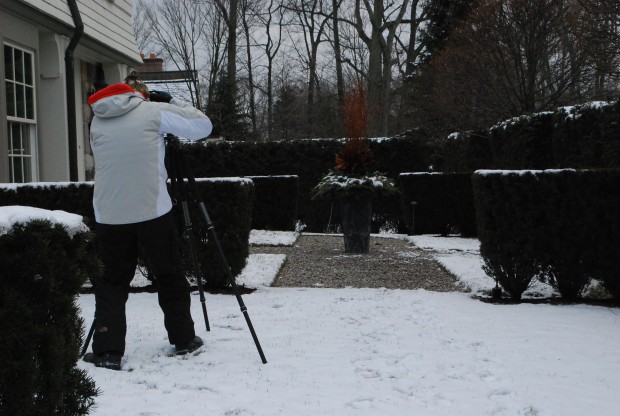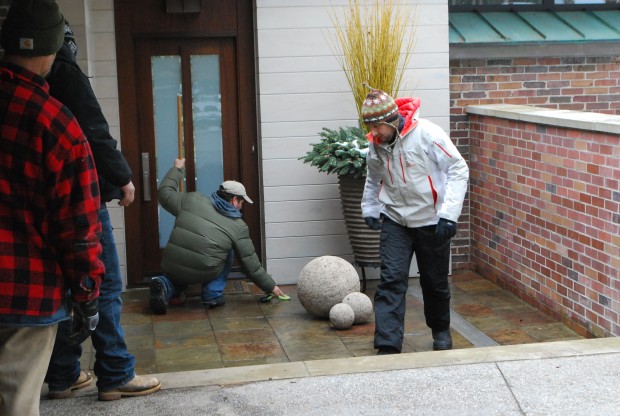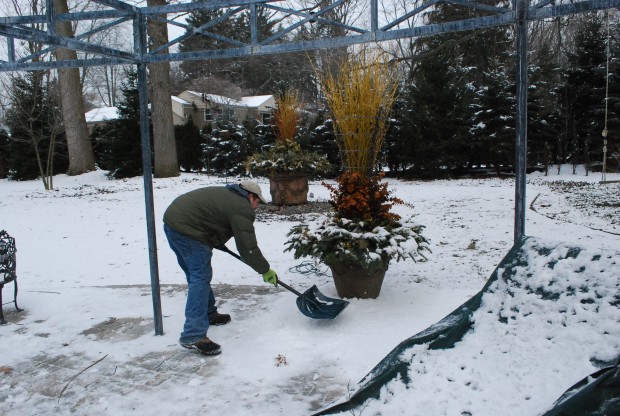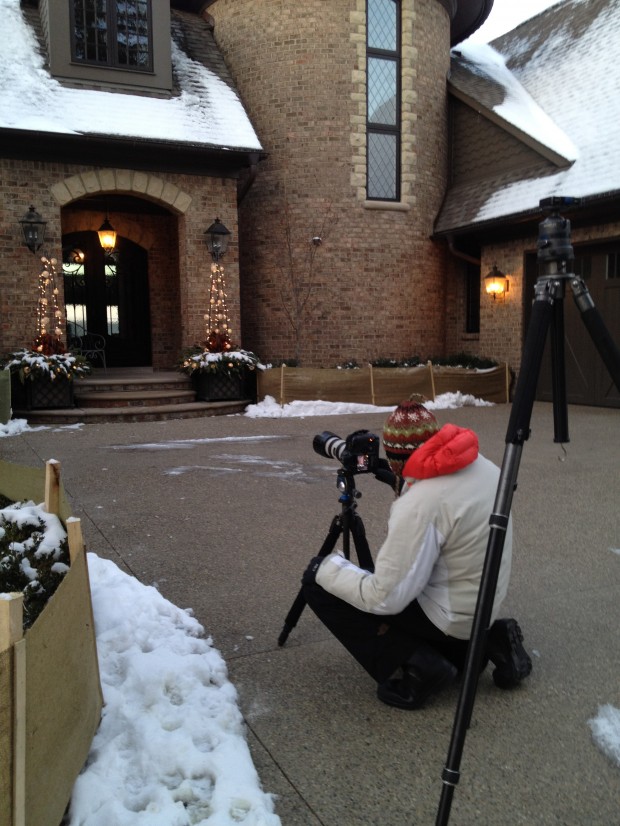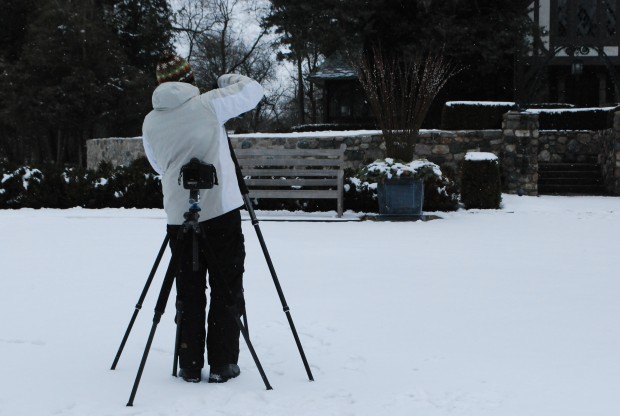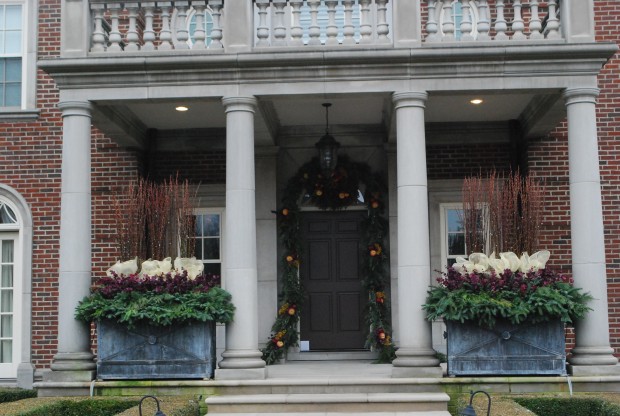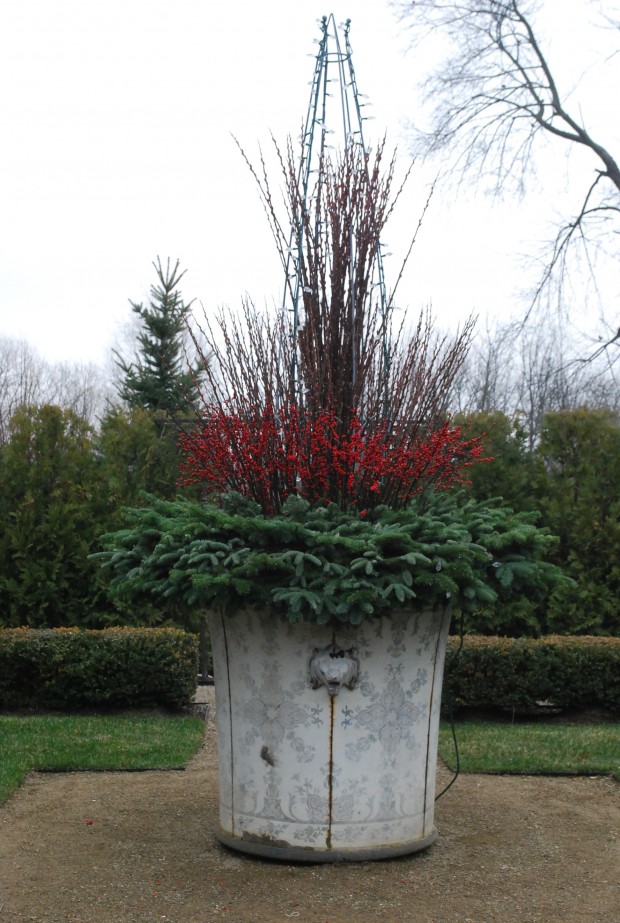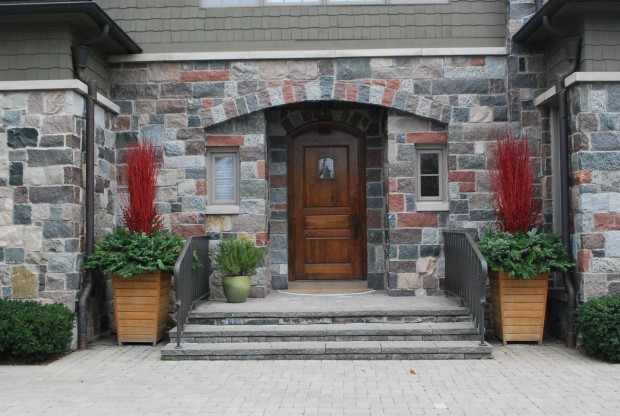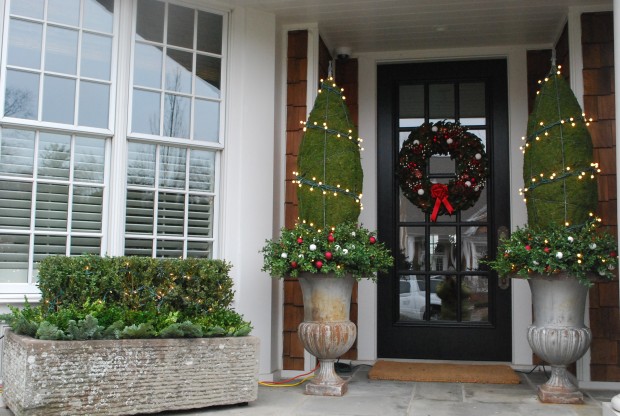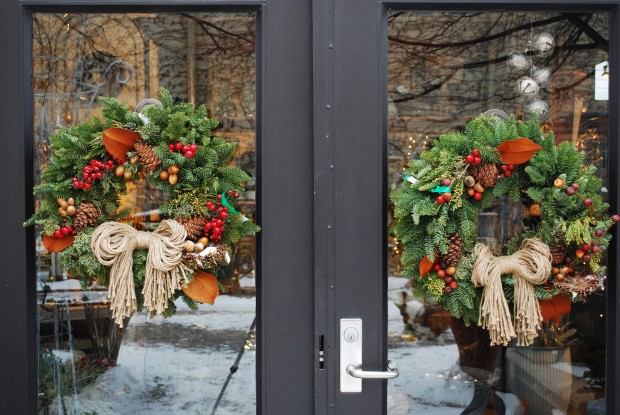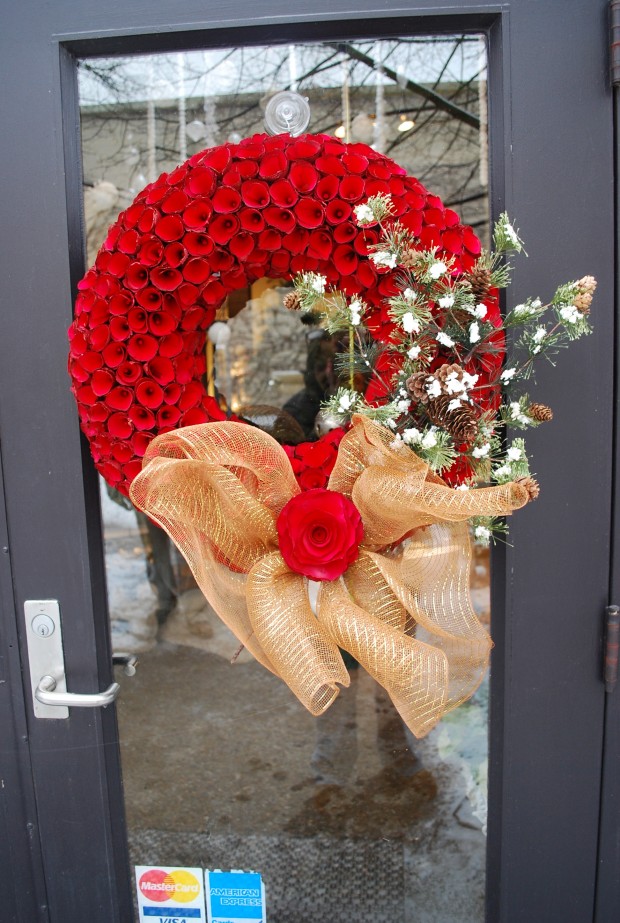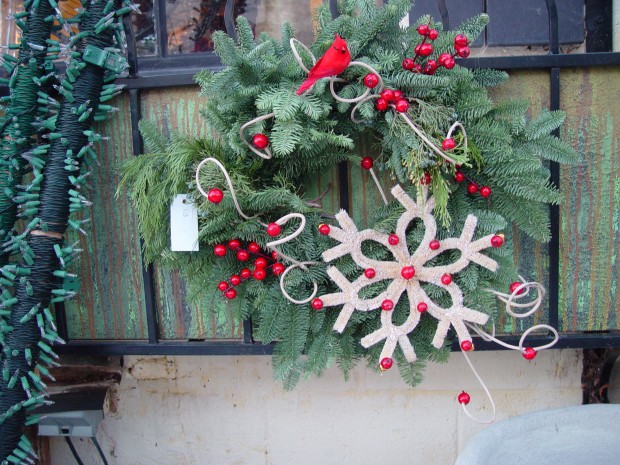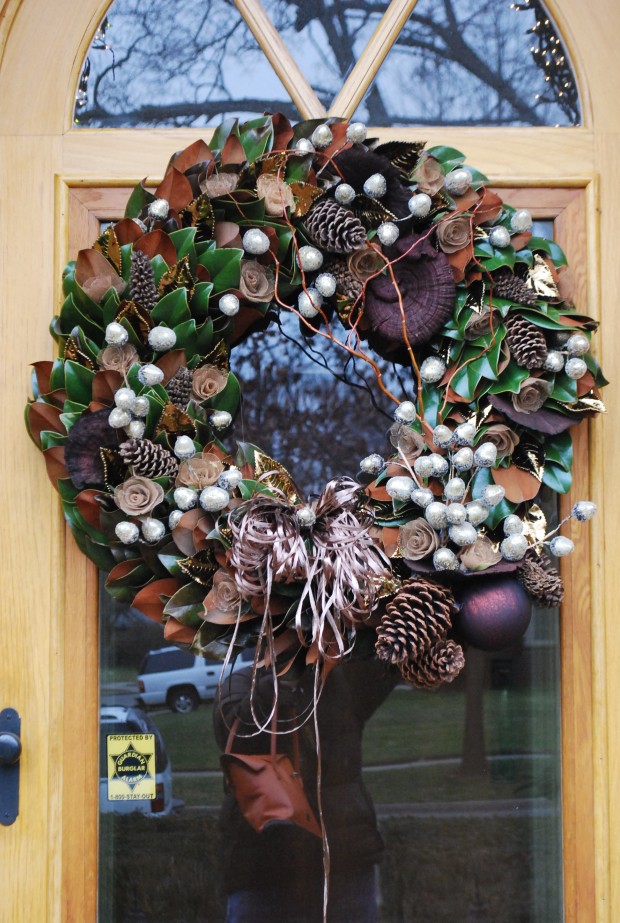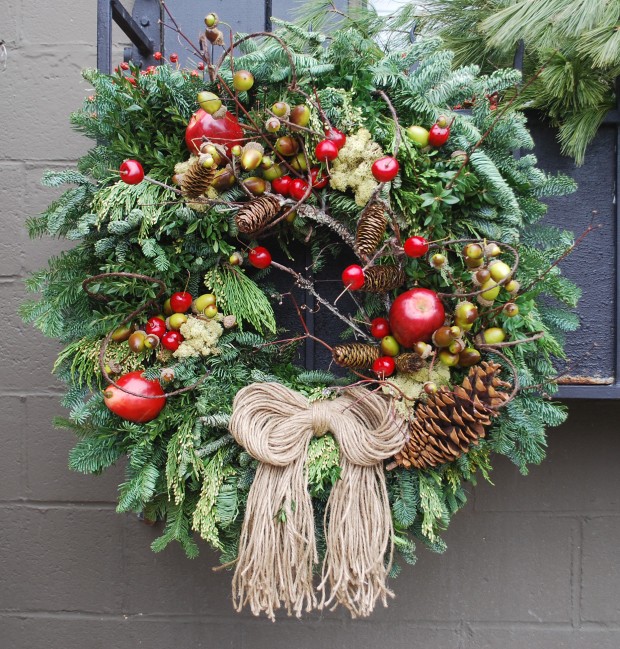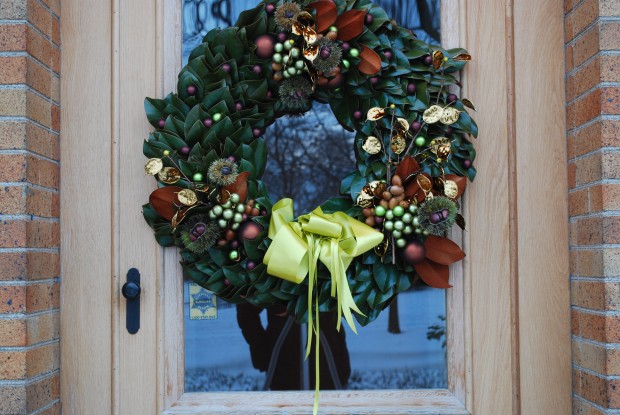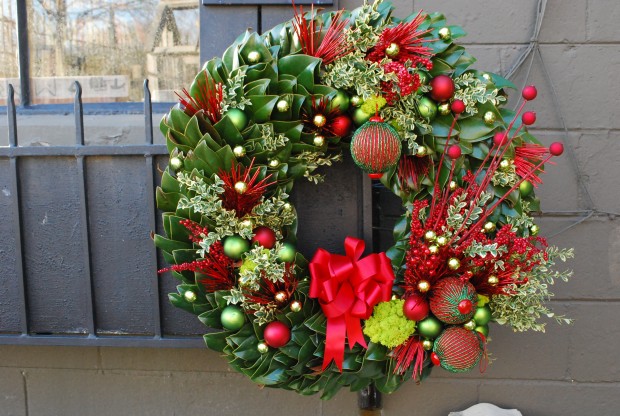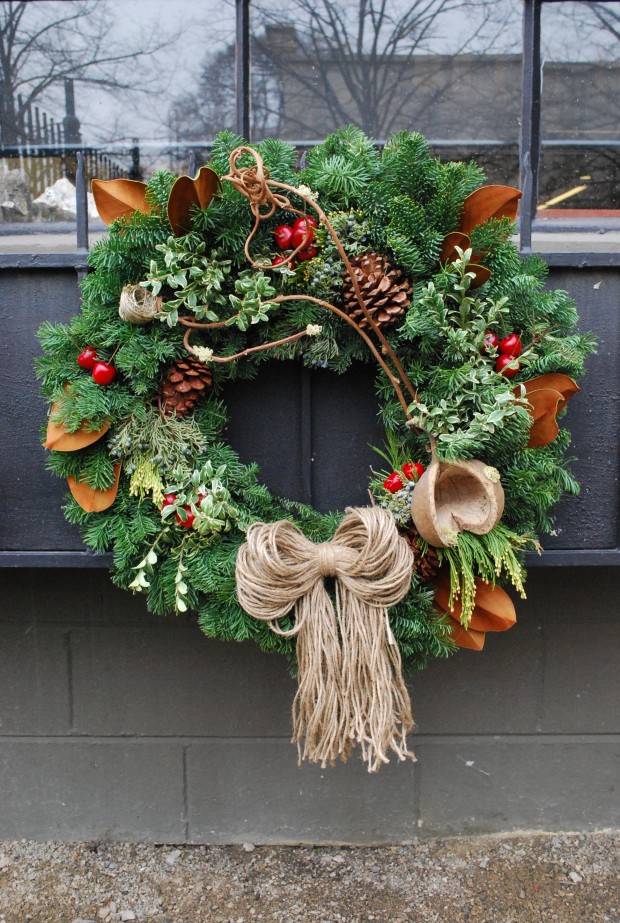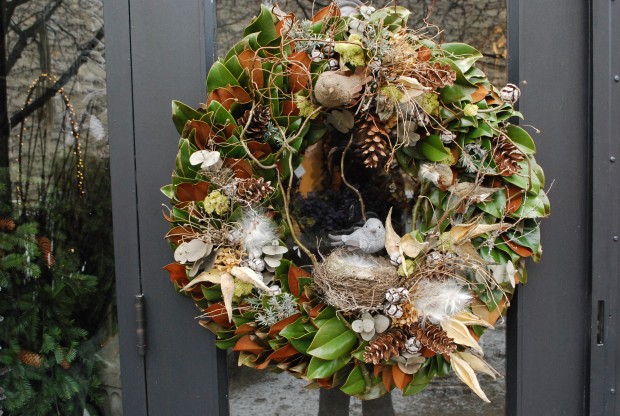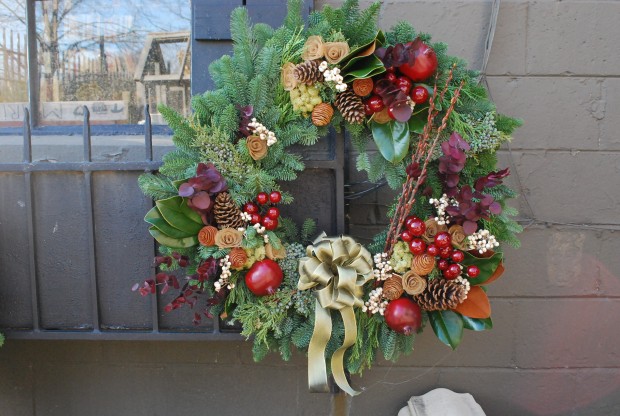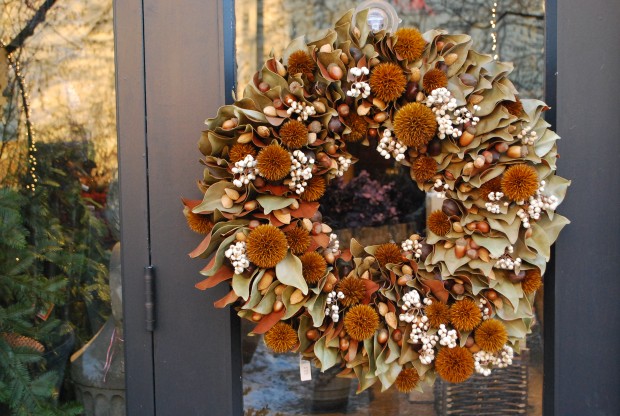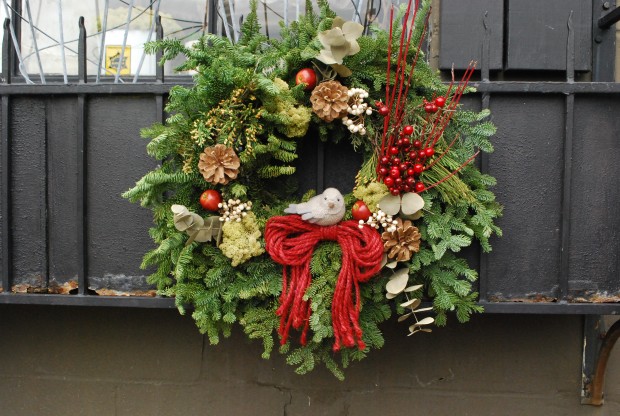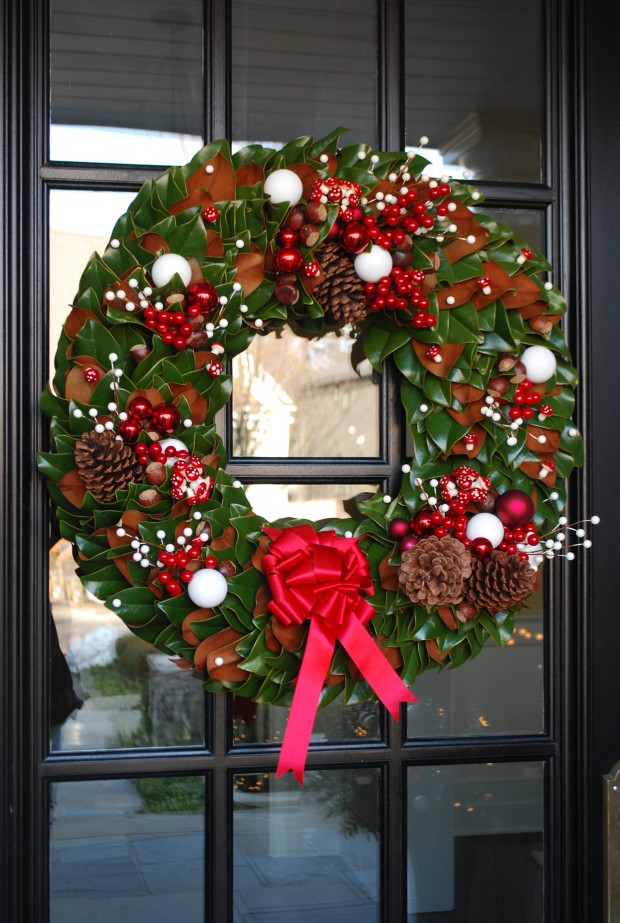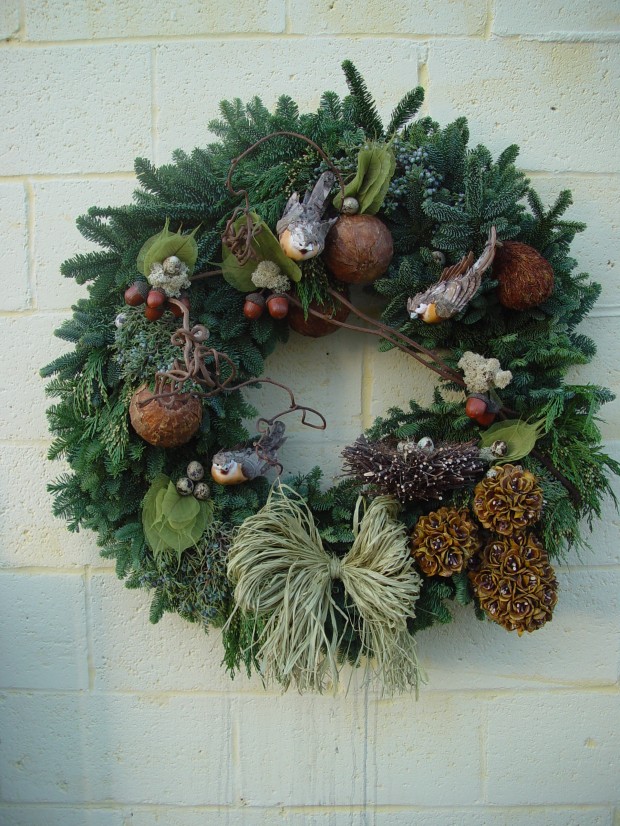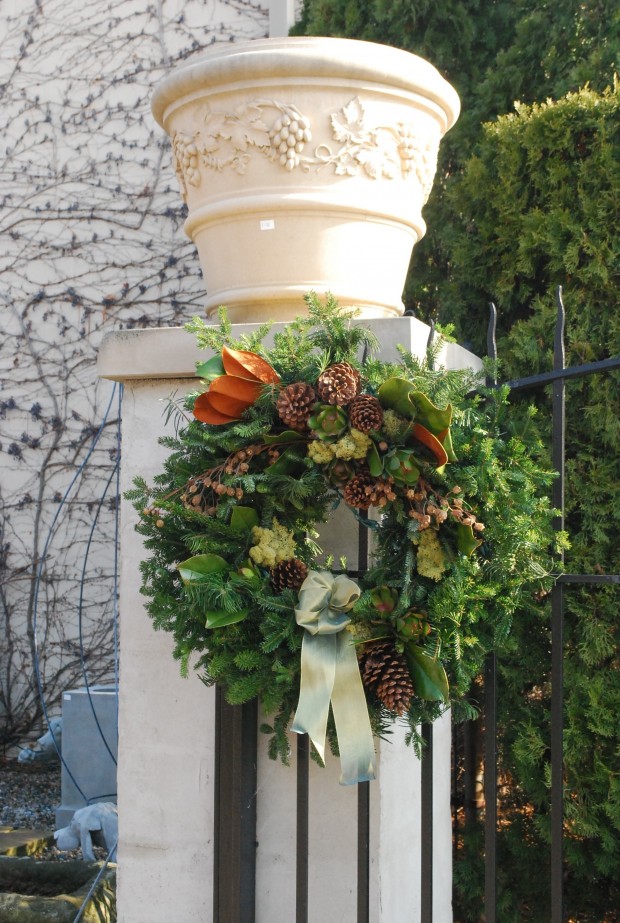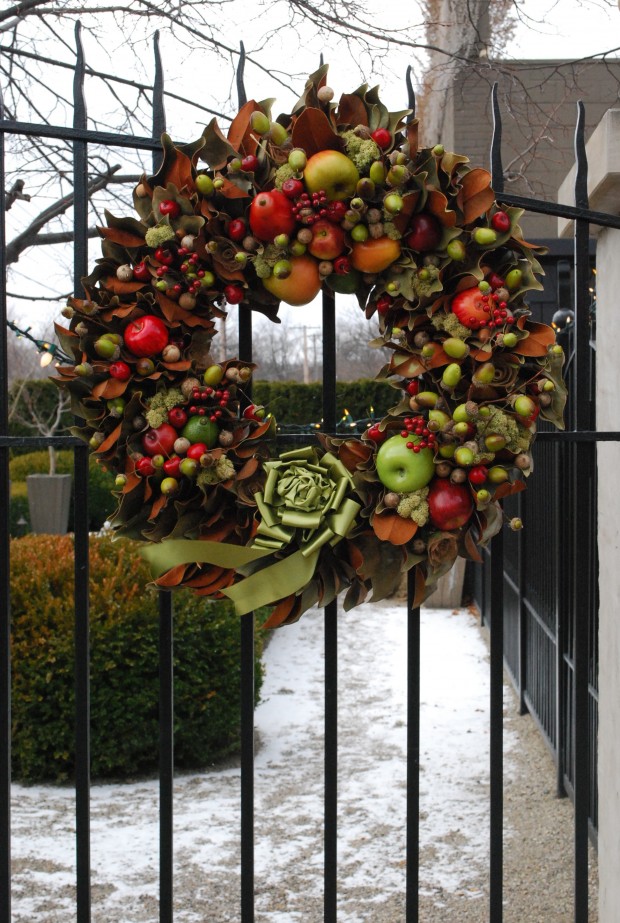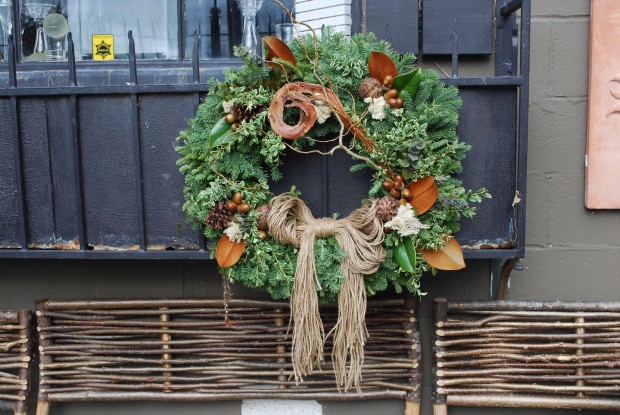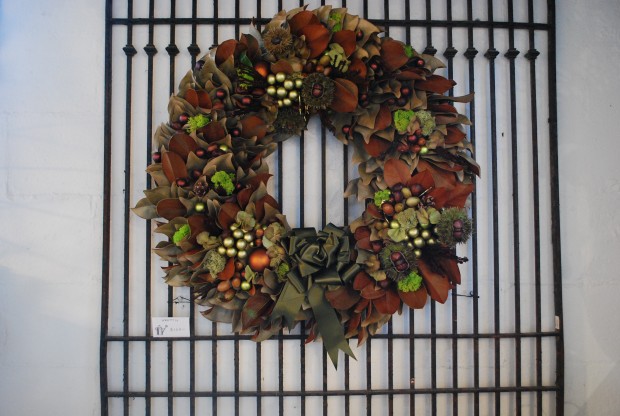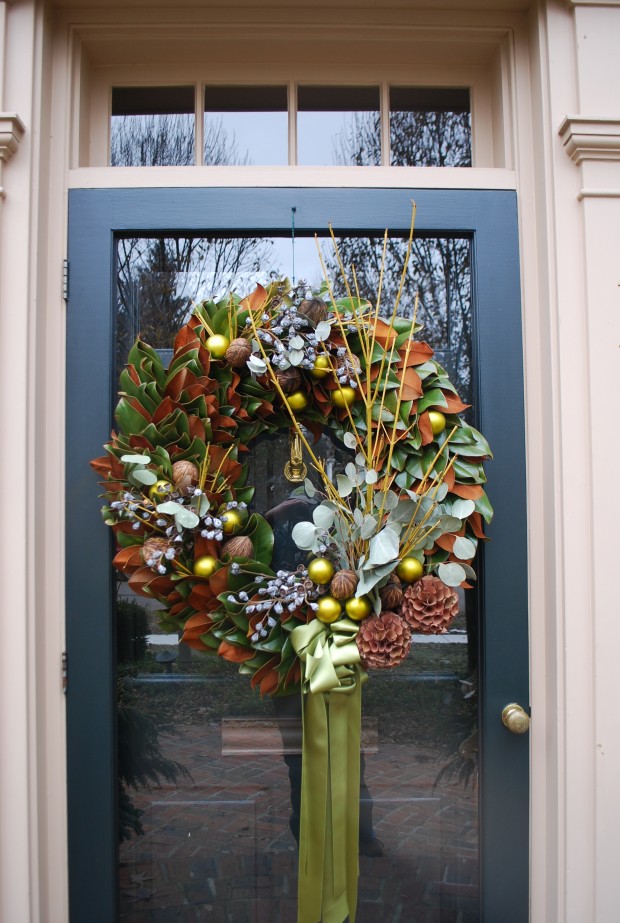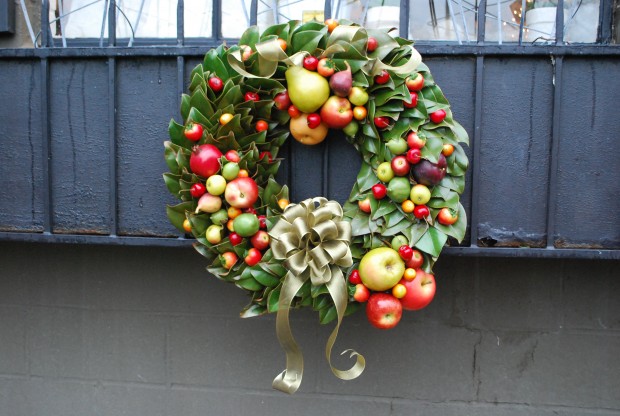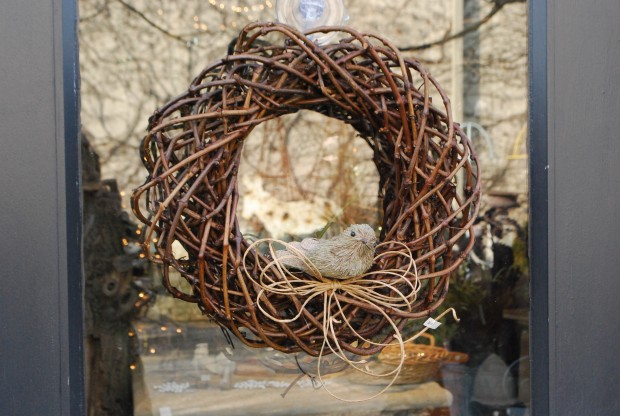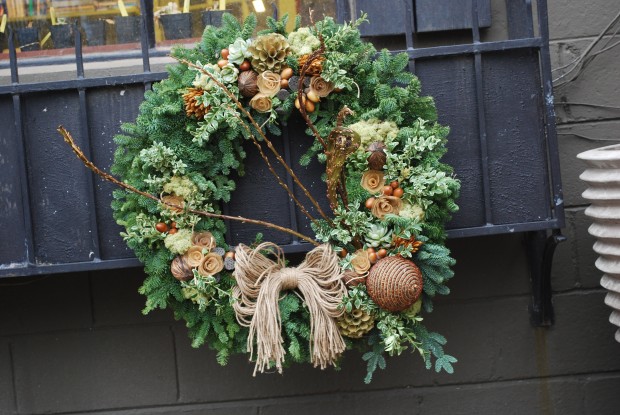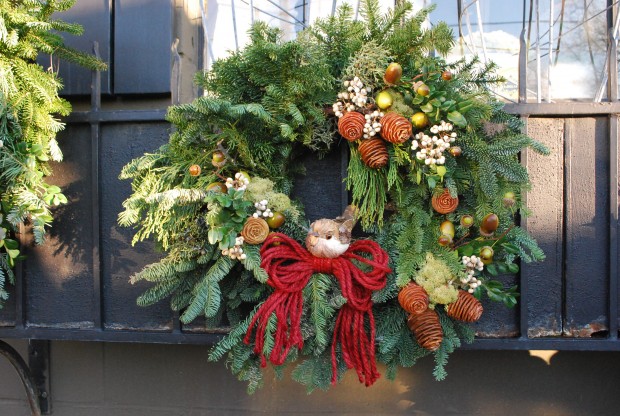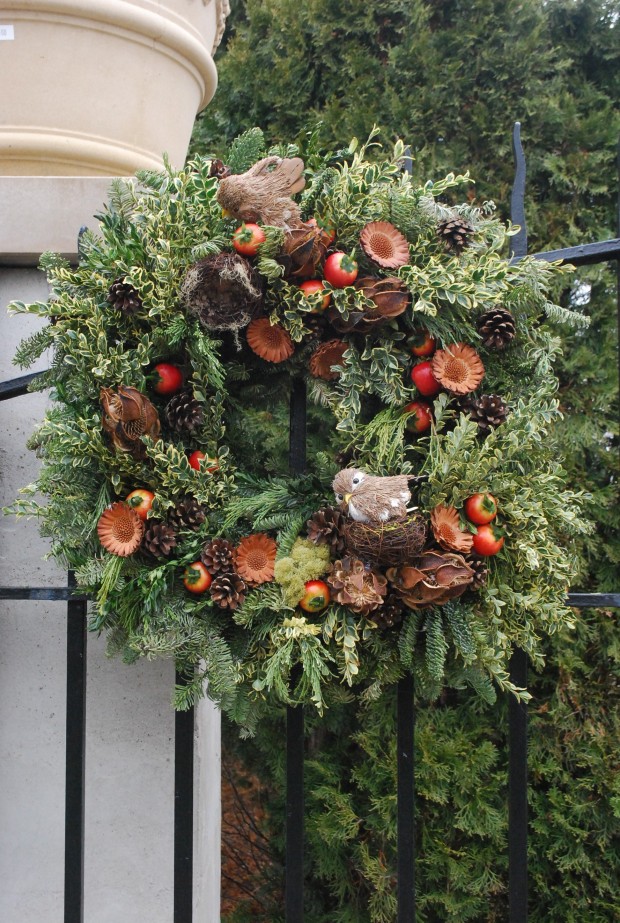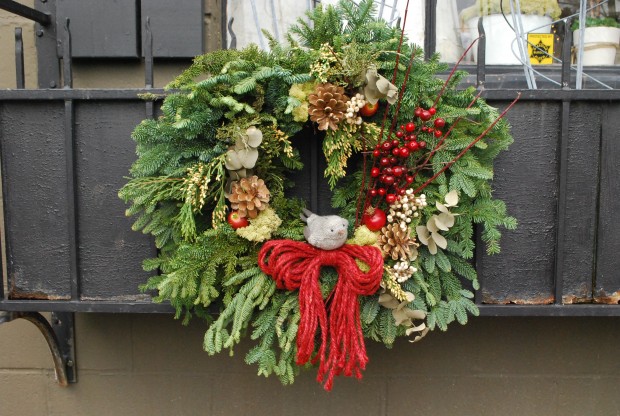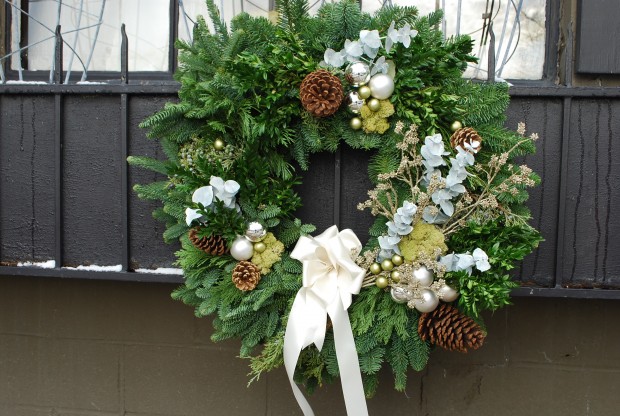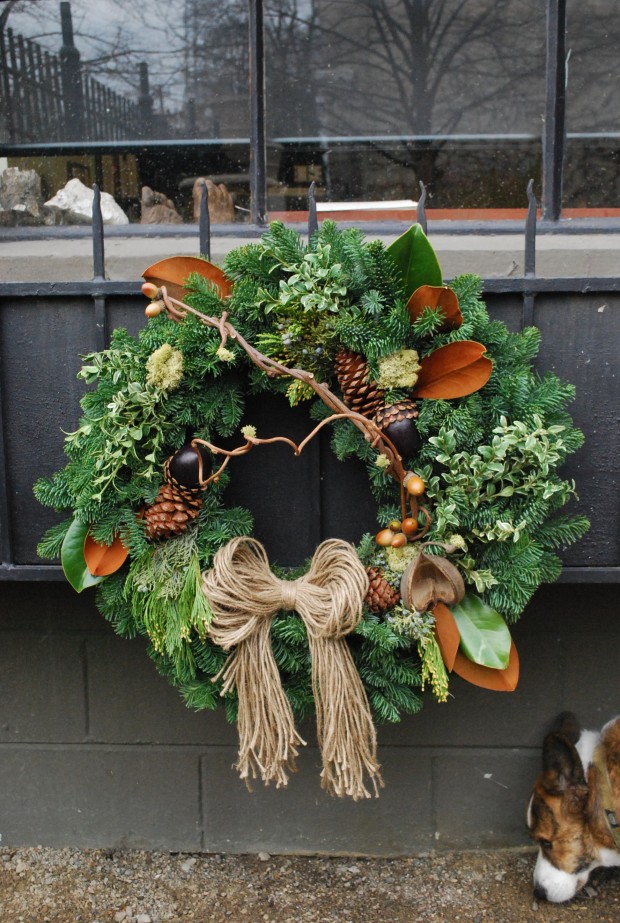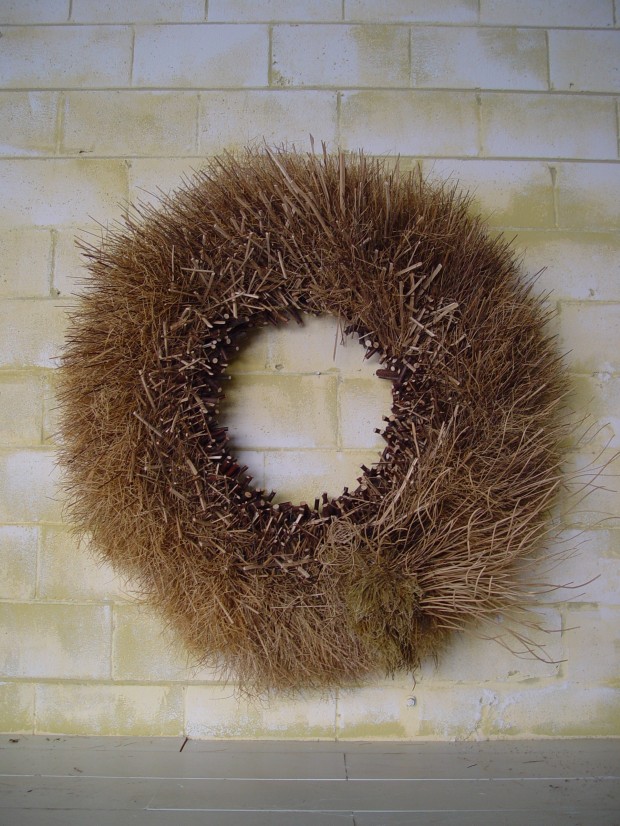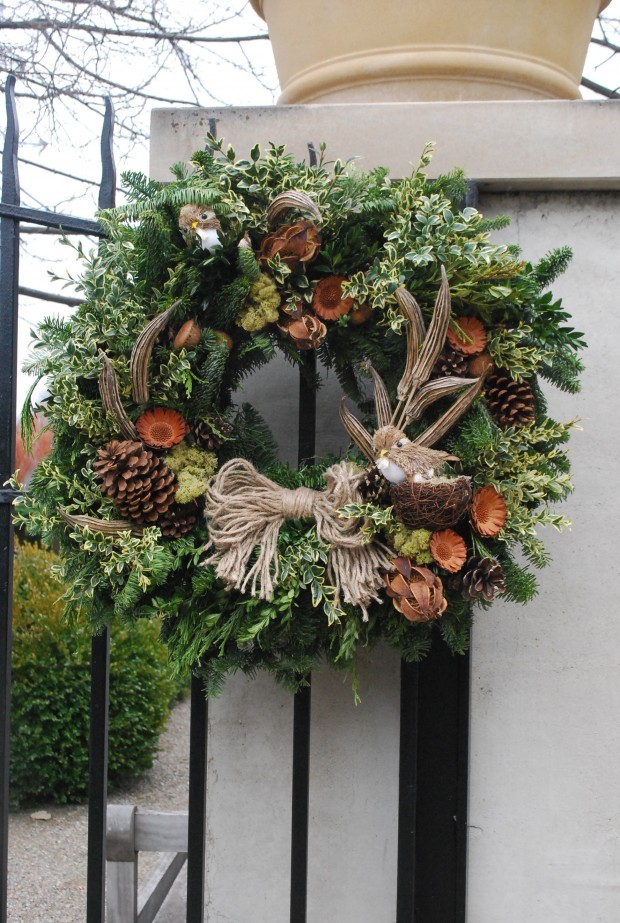February last, Jane McKeon, garden editor at Better Homes and Gardens called-would we be available to host a photo shoot of my winter containers? Why wouldn’t we? Better Homes and Gardens reaches an astonishing number of homes all across the US. Even better, they have been publishing, and encouraging great design for many decades. BHG came every month in the mail to my house when I was a child. My Mom poured over every issue. Home, garden, design, health, food-a compendium of articles and pictures about daily life, touched by design.
I am not sure I read any of the articles as a child, but I am quite sure I studied the pictures. BHG has evolved over time, but a few things are quite the same. They have the idea to share, explain, teach-and support. What could be more American in nature? The magazine had run an article about my spring container plantings, but I was excited about this article that would feature containers in winter.
I have to credit Rob for the seminal idea that no container should be empty over the winter season. Many years ago he described a plan to offer materials in the shop that could be placed into containers, and not only survive, but enrich our winter season. What a gifted idea! The containers that make a home for summer annual and tropical plants could be a home for cut greens, preserved and dry natural materials during our long winter months. We take such great pride that this idea has spread, both to other designers, and to clients who like to do for themselves.
No gardener loves the winter. The frozen ground, the deep freeze, the dead stalks and the gray skies are daunting. If you are like me, you are longing for spring. But spring is an impossibly long way off. Every gardener needs a big idea to occupy at least part their winter. Seed catalogues, plant research, forcing bulbs, design planning-these things help. But dressing the garden for the winter season takes such a lot of thought and effort- this extended activity helps to keep the fire burning through the end of the year.
Our winter 2011 was anything but ordinary. Warm. No snow. BHG wanted a little snow. The shoot-on hold. We considered fake snow. Once that idea was nixed, we held our breath-hoping for snow from the sky.
At the first sign of an inch of snow, BHG put Chicago based photographer Bob Stefko on the road to our place. We had but a moment to record the winter pots, in an environment that looked momentarily wintry. One of my landscape crews was most obliging-moving pots, snow and lights.
I will admit that both my crew and I about froze, styling Bob’s shoot. I was amazed by him-he shrugged off the long hours of cold, and focused on the work. His photographs-each and every one of them-were beautiful. A great photographer creates opportunity and invention despite trying circumstances. Bob was no exception.
Though we had no idea what he was seeing, we kept him company.
We have had lots of calls and emails from many places, about the materials and techniques used in the creation of these winter arrangements. All of the excitement, discussion and expression generated by those 5 pages in Better Homes and Gardens-such fun.
This year’s winter containers-I try to post pictures as soon as they are done. Any gardener interested in yet another expression featuring the garden needs a timely nudge. You see it when I see it. I try to keep up.
Our work is just about non stop this time of year. No matter that the time frame is short. We plan to give every project its just due. All of our clients rightfully feel as though their project is a one of a kind. No matter how busy we are, we take the time to make every holiday and winter container specific.
Your winter containers and holiday decor is specific to you, and your point of view. An original and personal winter display enchants-your family, your friends-and your neighbors.
The creative process is very hard to describe, much less document. What I like is the idea that so more creativity goes on than I could possibly absorb. Great winter displays and design are world wide.
This client came in for a consultation. In the end, she did all of her own work. Her holiday display on top of these pillars dating back to the 1920’s-personal. Singular. Swell. Gorgeous! What we do every day at the shop, Better Homes and Gardens made available to every gardener everywhere. Many thanks for your confidence and interest, Better Homes and Gardens.


